The self -leveling floor of the Hercules is used to create even, leveling ...
|
|
The installation of the ventilation system is not complete without the installation of air ducts that answer ... |
Installing the fence on brick pillars is distinguished primarily by good ... |
Revision hatch: Installation instructions
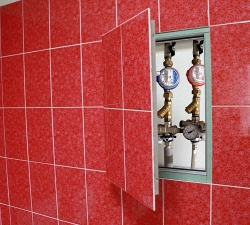
If the house has already been built and landscaped, and all communications are summed up, but suddenly there were problems with sewage, which is not clear how to put in order. So, in time did not take care of such trifles as the revision hatch. When there is no access to the sewer audit, a lot will have to be broken and redone, and these are new expenses. Those who are at least a little familiar with the sewage device are known how important it is to install audit plumbing hatches in order to have access to pipes in a special audit window.
Table of contents:
- What is an audit hatch in an apartment or house
- Varieties of revision hatches
- Floor revision hatch: basic characteristics
- Revision hatch for tiles: basic characteristics
- Revision hatch for painting: the main characteristics
- Installation of revision hatches
What is an audit hatch in an apartment or house
The observation box is in most apartments, but it may be absent in a house that has just been built with his own hands due to the fact that there is no elementary knowledge in this matter. Thanks to the installation of working communications inside the wall of the apartment behind the secret door, most residents do not pay attention to them. However, without access to the withdrawal pipes to solve problems that arise with clogging, you will have to do much more work in order to eliminate troubles. Sometimes people do not even use sewage in a certain part of the house, because they do not know how to get to the pipe to bring the drain back to normal. The revision box for pipes is placed in the wall and on the floor, occasionally on the ceiling. The audit invisible hatches do not take up space, they are not visible, often reliably hidden under the tile. All viewing hatches have the main function of access to communications and disguise from prying views.
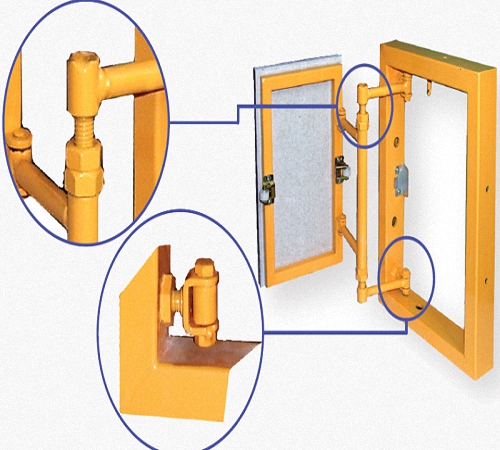
A competent installation of an audit hatch will solve the problem of access to hidden sanitation systems. The communication niche should be planned at the stage of building a house. The revision box is designed for cleaning, inspecting and repairing all communications and plumbing reinforcement. The audit niche is the convenience of access to sewage and sanitation, as well as to meters, built -in spilled tanks behind the toilet, hidden electrical wiring, heat supply or ventilation distributors. If all these tubes are hidden in the walls, this does not mean that they are deprived of access, just hatches are well disguised.
Often, such a hatch is inserted into the finished technological window with communications independently, constructing it from a metal profile and drywall. Today it is not necessary to make them from improvised materials, since the revision hatch for tiles or for painting is easier to buy a ready -made, equipped with a comfortable door. Finished products are much more convenient, and access to communications is needed not only when clogging or accident, but also for a preventive examination and repair.
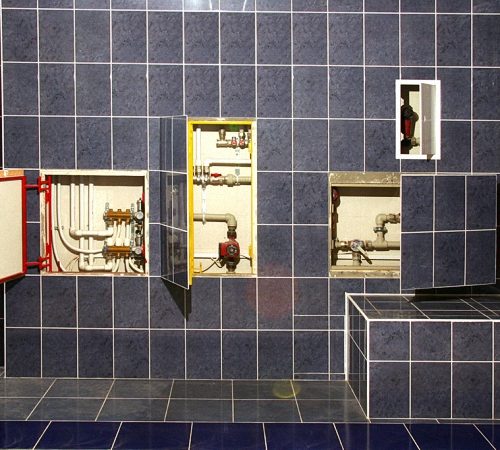
Varieties of revision hatches
Any modern repair is a protracted and very cost event, but each is focused on the final result, and is ready to endure temporary inconvenience and expenses. Part of the work is entrusted to specialists, and what seems not so difficult to save on its own. However, only experts for each type of work know what and how is being done. If a communications specialist requires the installation of an audit hatch, it means that he prudently provides access to pipes, and does not pull new expenses from the owner of the house, as it may seem.
The material for the audit frame and doors is most often the same, less often. The door on the hatch is an audit plastic usually made of one material, but there are options for metallic bases steel, aluminum, drywall, plastic or polystyrene foam. Sometimes the decorative door looks quite aesthetically pleasing in the interior, without requiring additional processing, for example, a metal mirror surface.
Often domestic manufacturers make such hatches to order, taking into account the individual size of the client. For example, they order a rounded shape, such as an window or in the form of a trapezoid. Standard auditing hatches of a square or rectangular shape, installed in the wall or on the floor, and their dimensions vary 20 to 1200 cm, based on the convenience of access to communications.
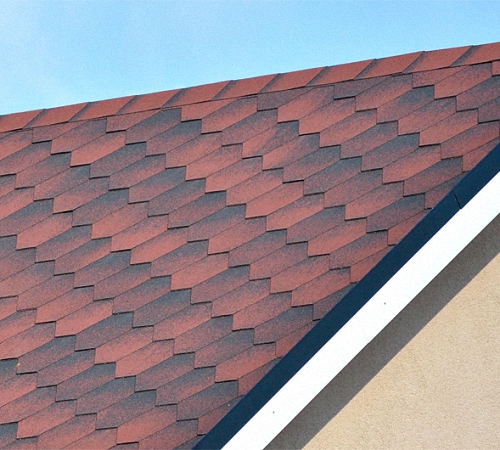
The secret revision hatch or invisibility is closed with tiles, wallpaper or any other material of the decoration of the entire wall. The mechanism of opening the door is also the right and left -sided side method, horizontal, like a lump at the basement. Or on the brackets, the lid is thrown down, and when closed, it is attached to the magnets. It has 2 varieties of ready -made unregulated frames and with adjustable dimensions, in which, after ensuring the required dimensions, the excess profile is cut off with a grinder. The door that the hatch is equipped has a different type of mount, for example, on hinged loops. There are such options where the plates on the magnets are fixed in the angles in the holes, and the lid is conveniently removed and inserted. This design is convenient for floor hatches. Often the hatch has a combined mount, for example, when a mechanical loop is combined with magnets that replace the lock. Most models have opening and closing the door of the air on its surface.
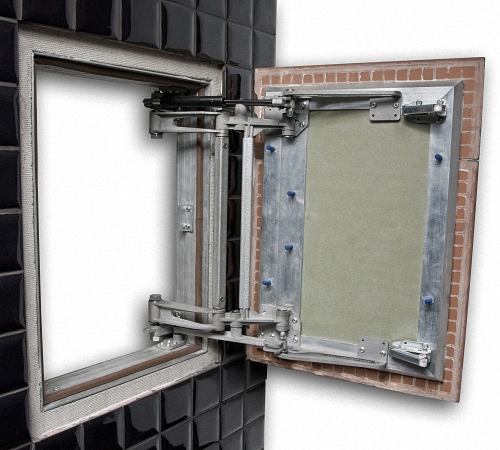
But the main classification of revision hatches is a floor hatch, an audit hatch for tiles or invisibility, as well as a hatch for painting and wallpaper.
Floor revision hatch: basic characteristics
The horizontal design of floor hatches is used not only in the room, but also in the courtyard or garage. The main varieties with shock absorbers, with seals, with and without fixers and without them, as well as filled and incomplete.
At filled floor hatches, the lid is filled with heavy building material, for example, cement and expanded clay, solid polystyrene, ceramic or paving slabs. Models with concrete filled with concrete are designed for a large load, they withstand temperature changes and excess humidity, are not subject to metal corrosion. Such a hatch is noticeable along a neat thin metal frame. Their choice in their dimensions is small, but products with the maximum perimeter allow the use of such hatches for other purposes, for example, under the passage into the cellar of the garage or basement. The advantage of the filled hatch is the possibility of absolute masking under the floor surface.
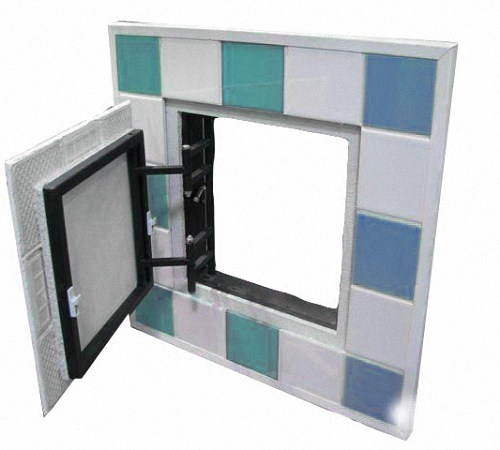
Models with seals are good in that they prevent moisture from entering the room into a plumbing box. If the hatch is installed above the cellar, then the seal prevents the release of evaporations and smells from below. Such hatches are equipped with a special screw or locking mechanism. The tightness provided by the lock also promotes sufficient sound insulation. They can also have stiffeners on the hatch and in the lid. Luke covers on shock absorbers give an additional advantage when opening it. There are models with fixers that hold the open door of the hatch.
The serial dimensions of these products can be found on the pages of any online store engaged in the implementation of plumbing equipment. As an option, the manufacture of the hatch according to the size of the customer, that is, a little larger, but among finished products you can often find what meets all the requests.
As a floor audit in the courtyard and utility rooms, you can also use a cheaper sewer hatch, which are today produced with non -metallic covers. But they, as a rule, have a corrugated surface than they betray themselves.
The finished lid is based on a moisture -resistant laminate, on which a parquet board or other types of flooring for the floor is glued. Luke with GVL on the lid is not advisable to put in the open air. The last innovation of brass hatches for laminate for interior, which have high decorative properties and are most reliable in all respects.
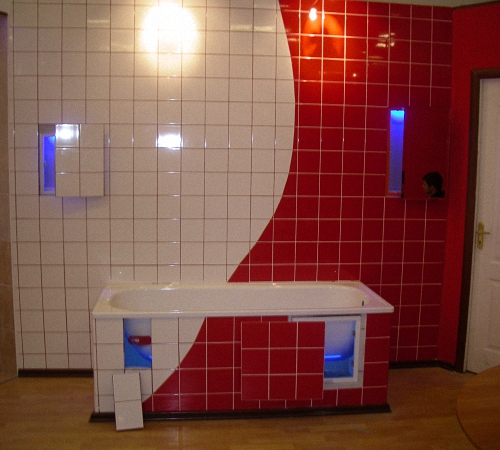
Revision hatch for tiles: basic characteristics
Luke-invisible for tiles is the most suitable option for outstretched places, for example, when placed on a continuous wall in the bathroom or in the kitchen. This is a strong installation frame made of metal, which has stiffener ribs, which is attached using dowels and screws. It can be decorated not only with ceramic tiles, but also with any other mirror finishing materials, artificial stone, porcelain tiles, etc. The main advantages of such a hatch:
- the least noticeable in the interior,
- able to withstand heavy loads,
- easily mounted and faced,
- its door does not sag and jam.

Thanks to these properties, the secret revision hatches of metal are applicable not only for access to sewer equipment, but for other purposes. Any secret niche will be reliably hidden from prying eyes with such an audit hatch, for example, a safe or a storage for weapons. It is also easy to decorate with a wall clock or another distracting object that is attached to the door.
The size of the hatch can be minimal, from 200 mm, or maximum, 600x12000 for access to any technological niche with several pipes of communications with revision and other equipment. The hatch door is made of moisture -resistant gypsum fiber or other materials with highly rental characteristics. Decorated doors of hidden hatches are opened with or with ordinary pressing, or with the help of suction cups, which is attached when buying. The pressure door has a special mechanism for smooth operation when opening.
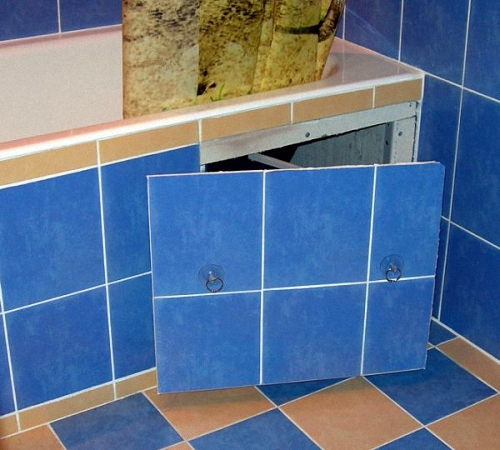
Revision hatch for painting: the main characteristics
The simplest hatch for painting or wallpaper of domestic production also serves for hidden access to all communications. An extensive assortment of products that are not inferior to foreign analogues meet all reliability standards, wall hatches are economical and reliable. Their difference is the absence of a handle or surface relief.
Visually, such a door will be given out only a narrow gap around the perimeter, so when placed under a hanger or behind the cabinet, the hatch will be completely invisible. The door is fixed with a German latch, which opens with a slight press.
Standard products differ in the type of door or left, it can be plastered, painted, glued with any type of wallpaper, for example, cork or bamboo. The hatch for painting is mounted in a drywall partition, after which the surfaces are plastered and prepared for finish finishing work. Such models are also suitable for any thorough walls of brick, concrete or wooden. The limit dimensions are from 200 to 1500 mm.
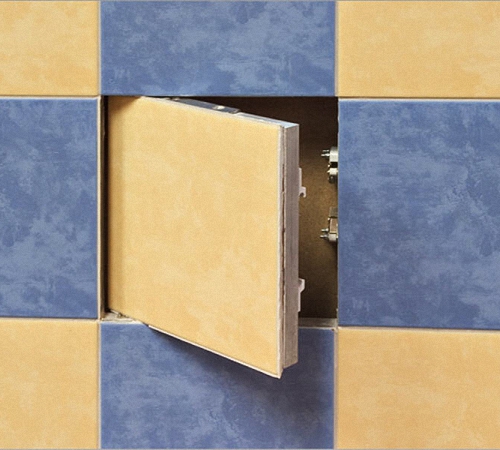
Installation of revision hatches
Without turning to the specialists for help, it is no more difficult to perform the installation of an audit hatch with your own hands than to cut any frame into a drywall partition or to fix the shelf with dowels to the capital wall. The main condition is the correspondence of the size of the hatch and the communication niche. Most hatches are designed to fasten the frame with self -tapping screws, with the exception of the provided option specified in the instructions. The completion of the audit hatches additionally includes fasteners or other devices.
The frame of the revision hatch is most often fixed to drywall.
1. We measure the size of the frame and the distance between the holes in it, if they were supposed. With a pencil, we plan the upper point from the door from the door and mark the level for the opening.
2. We cut out the hole in the GCL with an electrician, and try on the frame in it, if necessary, we adjust a couple of millimeters wider for the convenience of installation.
3. In the opening of the frame of the mounted hatch, we fix with clamps.
4. Self -tapping screws in the mounting holes with a screwdriver.
5. If holes are not provided, then we land on construction glue or a small amount of mounting foam. It is better to fix the plastic base of the audit hatch around the perimeter with tanin with liquid nails, and let it dry.
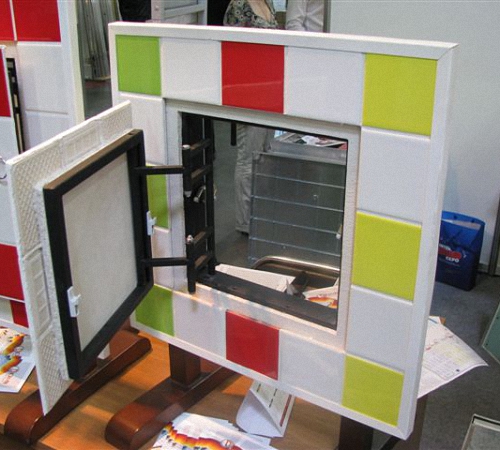
6. Check the reliability of the mount and only after that complete the finishing work, if necessary, plaster and painting.
Tip: in the brick wall, if the niche was not provided, and the communications are only summed up, the box can be cut by a grinder. Luke's fixation will reliably stay on dowels or screws. The easiest way is to make an audit box and lay communications in the wall of foam concrete, more difficult in reinforced concrete. The lamp under the tile at the seams is additionally decorated with silicone sealant for moisture insulation and masking.

Lukes invisible for tiles ›››!
Help for Tiles ›› Https://goo.gl/ksgntf
Huge selection and excellent prices! Free delivery in Russia!